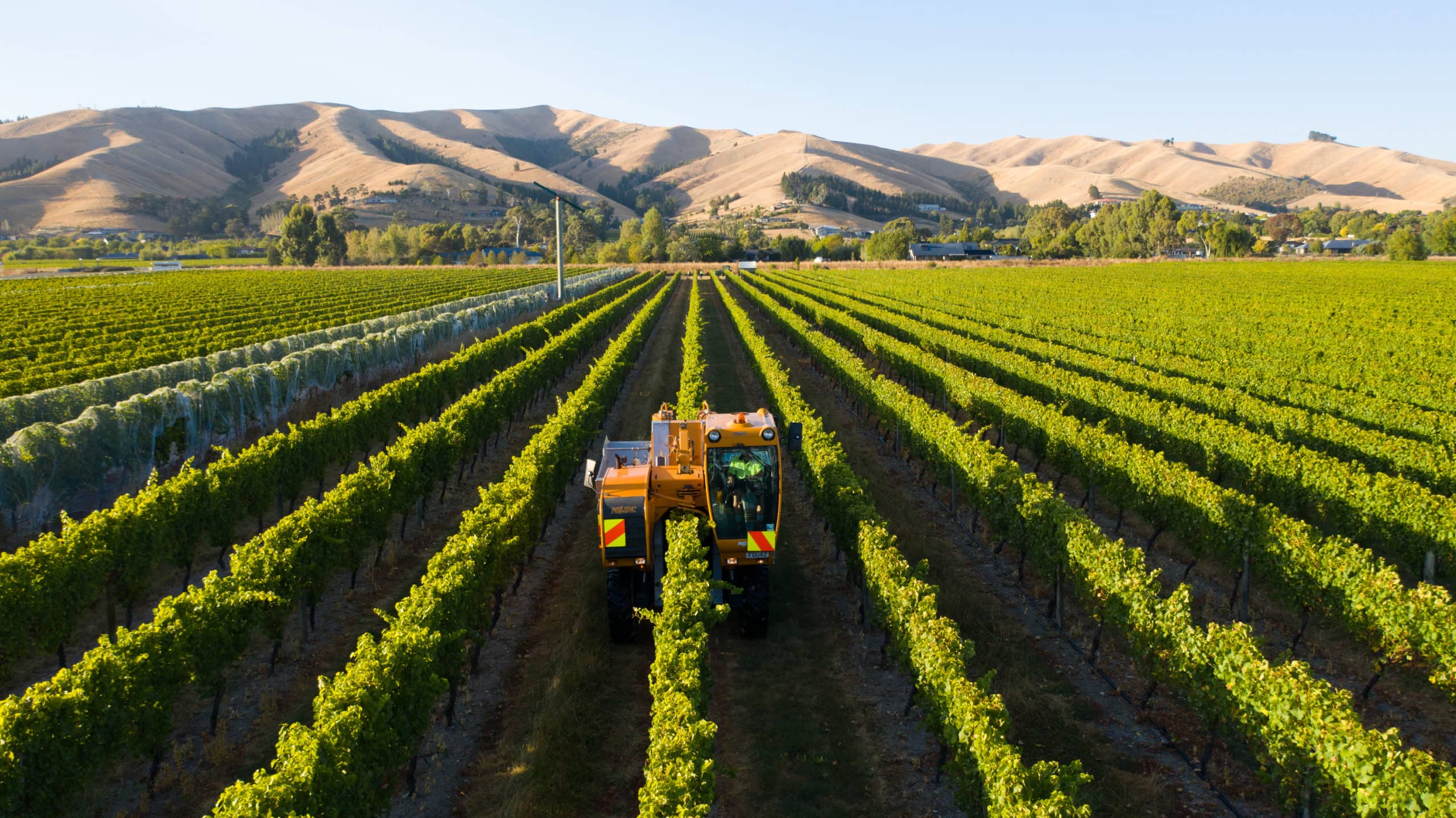BRI is developing a research programme, Next Generation Viticulture, to perform a first-principles re-design of how the industry approaches grape canopy management and productivity. The programme aims to deliver a step-change increase in productivity while maintaining or enhancing wine quality and environmental integrity.
The cost of producing wine in New Zealand is continually rising, while harvest yields and bottle prices remain largely static. There are also growing pressures on New Zealand wine businesses from labour shortages, natural resource constraints and management costs, and growing regulatory and compliance costs.
With members’ input, BRI has begun to address the future of our industry by working on the productivity of New Zealand vineyards. BRI believes that improvements in the productivity of the current grape-growing system are achievable based on the success of system redesigns in other premium New Zealand horticultural crops. The apple industry’s Future Orchard Planting System (FOPS) has resulted in a twofold increase in productivity as well as improved quality.
Like the FOPS programme, the Next Generation Viticulture programme will re-design the vineyard system to better exploit sunshine to grow more fruit, rather than promoting excessive leaves and canes that need to be trimmed and pruned. The programme aims to shift the economic balance for the industry by increasing productivity while maintaining or enhancing wine quality.
Members’ support for the programme will be through New Zealand Winegrowers levies, and co-investment from New Zealand wine companies. BRI has also applied for partnership support through Ministry for Primary Industries’ Sustainable Food and Fibre Futures fund.
“We’re structuring Next Generation Viticulture differently from past programmes,” says David Armour, BRI Programme Manager. “The intention is to deliver outcomes and impact to industry from the outset, trialling the designs in host vineyards, while providing the research, principles, guidance and scientific support alongside.”
The research programme is planning to officially start in the 2023 growing cycle, but there is a supportive group of industry stakeholders who have kicked things off at a pilot scale with small trials to test the principles underpinning the programme.
The group is excited by the wide range of economic, environmental, and social benefits the new system could potentially deliver; from making water and land use more efficient, making the industry more attractive for work, diversifying New Zealand wine by increasing the profitability of different varieties, or creating new opportunities for automation.
“Talking about the concepts is one thing, however getting out in the vineyard and seeing the pilot trials creates that deep sense of a real possibility,” says David. “This possibility to change the way we grow, while retaining our commitment to quality wines that continue to show their New Zealand character.”
BRI is seeking industry co-investors who are interested in supporting this opportunity or hosting a trial. Please get in touch if you’re interested in participating.
Challenging Canopy Conventions
 Seeing the potential, Cloudy Bay set aside two rows of unpruned Sauvignon Blanc in September and invited an industry working group to experiment with six different treatments, exploring the opportunities and limitations of expanding vine area over higher trellis, in order to grow more buds and harness the sun to increase production.
Seeing the potential, Cloudy Bay set aside two rows of unpruned Sauvignon Blanc in September and invited an industry working group to experiment with six different treatments, exploring the opportunities and limitations of expanding vine area over higher trellis, in order to grow more buds and harness the sun to increase production.
Some of those trials borrow concepts from the apple industry. “We are trying to replicate that concept by putting on more shoots, by magnitudes of eight or 10 times what we usually have on a grapevine in Marlborough,” says Cloudy Bay’s Technical Director Jim White. “What we aim to do is end up with lots and lots of short shoots, each with a relatively small bunch in comparison to what we would have on a standard three or four cane vine.”
That “vertical wall of canopy” could spread from a 90cm bottom wire to a 3m top one, with spaced canopy and fruit. But Jim says there are plenty of challenges, including the likelihood of high fruit ripening faster than its lower counterparts, and the apical nature of vines, which evolved stretching high in forests, prioritising top shoots. “Can we crack the grapevine’s very strong vertical
dominance?”
Jim says it is an exciting project that recognises the current limitations to the industry, including significant and increasing cost pressures in grower and wine company vineyards.
Keep reading in New Zealand Winegrower magazine.

















